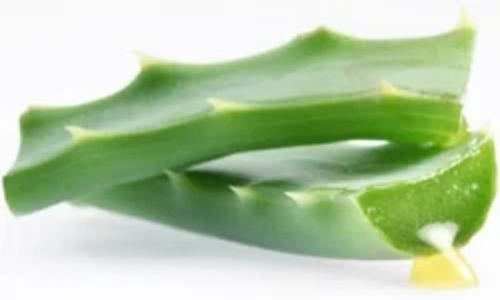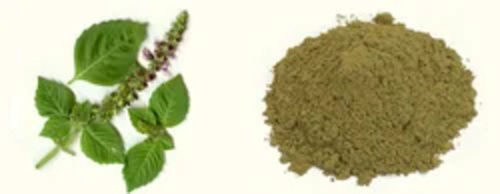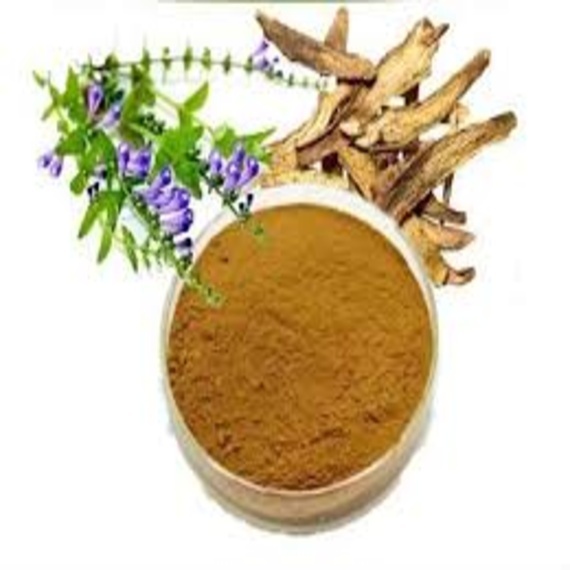Argania spinosa kernel oil
1650 INR/Kilograms
Product Details:
- Product Type Herbal Product
- Category Herbs & Herbs Extract
- Usage HERBAL and health
- Ingredients Herbal Extract
- Form Oil
- Grade Herbal and Food
- Recommended For All
- Click to View more
X
Argania spinosa kernel oil Price And Quantity
- 100 Kilograms
- 1650 INR/Kilograms
Argania spinosa kernel oil Product Specifications
- Store at room temperature
- Oil
- Herbal Product
- Herbal Extract
- Herbs & Herbs Extract
- Herbal and Food
- All
- HERBAL and health
- 2 Years
Argania spinosa kernel oil Trade Information
- Cash in Advance (CID)
- 500 Kilograms Per Month
- 2 Week
- All India
Product Description
Argania spinosa) plays a crucial socioeconomic and ecological role in southwestern Morocco's arid and semiarid zones. Pot study was undertaken to understand and characterize the physiological and biochemical tolerance mechanisms of this endemic species to drought stress. We adopted a multifactorial approach to study the change of leaf water status, ionic status, chlorophyll a fluorescence, oxidative damage, enzymatic and nonenzymatic defense systems, osmoregulation, carbohydrate metabolism, secondary metabolism, proteins, and certain enzymes and pigments of photosynthesis in four contrasting argan tree ecotypes. A. spinosa plants were subjected to different levels of drought stress on the one hand, and to a dehydration + rehydration process on the other hand to determine the ability to recover after a prolonged edaphic drought. The results revealed significant differences between the four contrasting ecotypes for the set of physiological and biochemical traits involved in tolerance to drought stress in A. spinosa. Significant correlations have been established between the traits that interact between them as well as the different potential interactions between the fixed factors (ecotype, treatment, and time). The canonical discriminant analysis has facilitated the distinction between the four ecotypes in terms of their tolerance to drought stress via the traits having the most significant discriminating power. Our experimental statistical approach has also contributed to conducting a "screening of adaptive traits to select the most tolerant ecotypes that appear to be very promising for the regeneration of the Moroccan argan tree.Tell us about your requirement

Price:
Quantity
Select Unit
- 50
- 100
- 200
- 250
- 500
- 1000+
Additional detail
Mobile number
Email









 Send Inquiry
Send Inquiry Send SMS
Send SMS English
English Spanish
Spanish French
French German
German Italian
Italian Chinese (Simplified)
Chinese (Simplified) Japanese
Japanese Korean
Korean Arabic
Arabic Portuguese
Portuguese